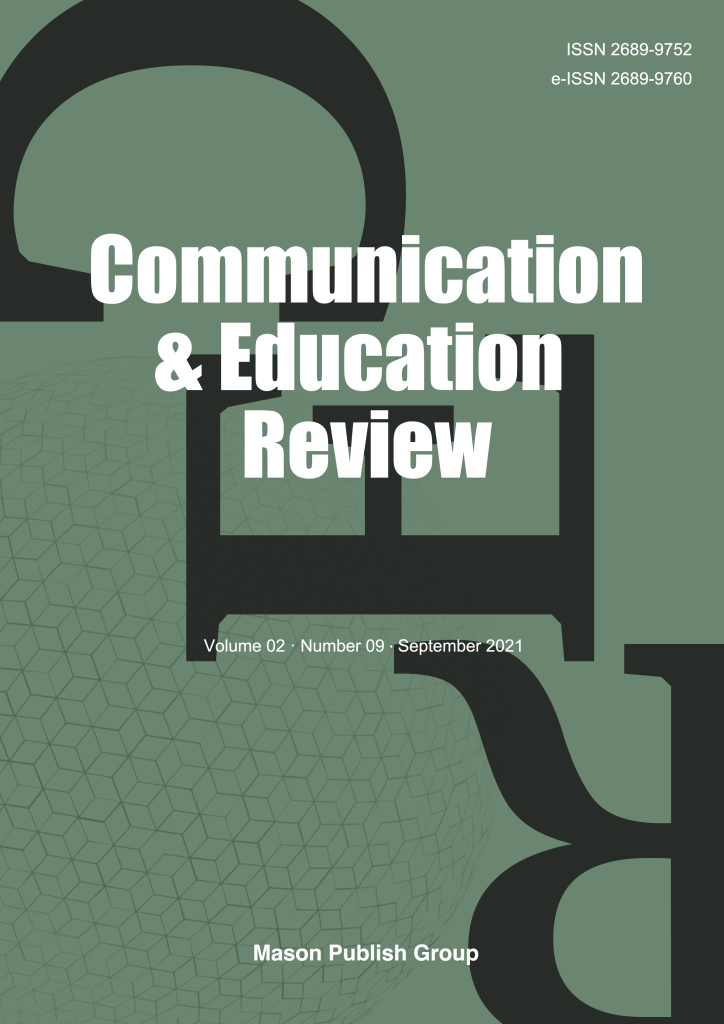Nurses' experiences using augmentative and alternative communication: A qualitative research
DOI:
https://doi.org/10.37420/j.cer.2025.1035Keywords:
augmentative and alternative communication; nonverbal communication; qualitative researchAbstract
OBJECTIVE: This study aims to analyze the experiences of nurses using augmentative and alternative communication (AAC) when caring for patients with language communication disorders, providing a foundation for optimizing the clinical application of AAC technology.
METHODS: A purposive sampling method was employed to select seven nurses from two tertiary hospitals in Inner Mongolia Autonomous Region as research participants. Semi-structured interviews were conducted, and the collected data were analyzed using Colaizzi’s seven-step method to identify key themes.
RESULTS: The experiences of nurses using AAC were summarized into three core themes and corresponding sub-themes: (1) Factors influencing the use of AAC: patient-related factors (e.g., stage of illness, family support), nurse-related factors (e.g., recognition of AAC value, familiarity with different AAC tools), and hospital-related factors (e.g., the impact of environmental and resource availability on AAC efficiency). (2) Application and optimization of digital technology in nurse-patient communication: initial effectiveness of digital devices in improving communication, the potential of artificial intelligence technologies to enhance nurse-patient interactions, and cross-disciplinary integration, innovation of digital technologies. (3) Flexible adaptation of personalized nursing in AAC application: transition strategies for communication approaches between acute and stable phases, adjustment methods for personalized nursing in AAC scenarios.
CONCLUSION: The acceptance, proficiency, and effectiveness of AAC technology use among nurses are influenced by multiple factors, including patient characteristics, individual nurse attributes, and institutional-level considerations. Therefore, it is recommended to enhance the user-friendliness and customization capabilities of AAC devices, provide systematic training for nurses on AAC technology, and foster close collaboration and communication among device developers, healthcare professionals, patients, and their families. These measures aim to support nurses in delivering precise and personalized care to patients.




